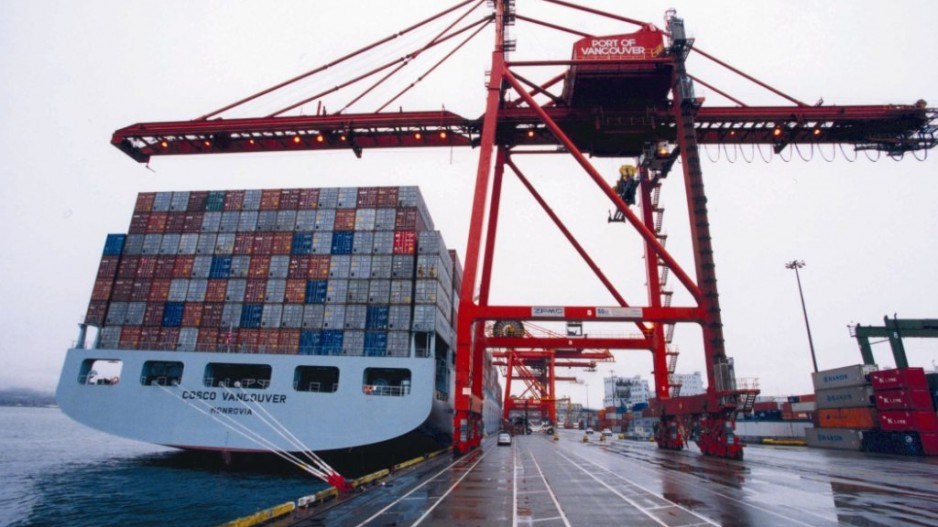After a two-month lull, B.C.’s exports boosted the provincial economy in August. Led by rebounds in energy and raw mining shipments, the dollar volume of B.C. goods shipped to international markets jumped to a seasonally adjusted $2.89 billion, up 7.4% from July. The volume of shipments was up 15% in August compared with the same month last year.
Fluctuations in monthly export volumes are common, but the magnitude of growth and sector orientation in August suggests a lift from slightly stronger third-quarter global economic conditions. Year to date, exports have increased 6% during the first eight months of the year compared with the same period in 2012.
While top-line export growth has been strong, reflecting both higher prices and unit shipments, gains have been sector-specific. Buoyed by the U.S. housing market rebound, the dollar-volume of forest product exports is more than 14% higher year to date on elevated lumber prices and higher shipments, which have offset declines in the pulp and paper market.
The raw mining sector has seen a dollar-volume gain of 27% year to date despite a soft pricing environment for commodities and capacity increases in the sector. In contrast, lower coal prices have weighed on energy export volumes despite higher production and a rebound in natural gas prices.
Higher exports combined with a deceleration in imports in August contributed to a smaller merchandise trade deficit, creating less of a drag on economic growth in B.C.
Overall, international trade likely recorded some positive momentum in the third quarter, but there is a risk of a stall in the fourth quarter.
While a stopgap fiscal deal was reached last week to end the U.S. budget impasse, at least temporarily, the more than two-week partial shutdown of the U.S. federal government likely dampened exports through decreased government expenditures and services and potential delays in administrative paperwork related to cross-border trade. Uncertainty related to the debt ceiling also weighed on confidence.
The deal has provided a calming influence on the economy and markets, but it only extends government funding until mid-January and suspension of the debt limit until February 7, 2014. This short window suggests a period of further uncertainty that could temper confidence and growth. •




